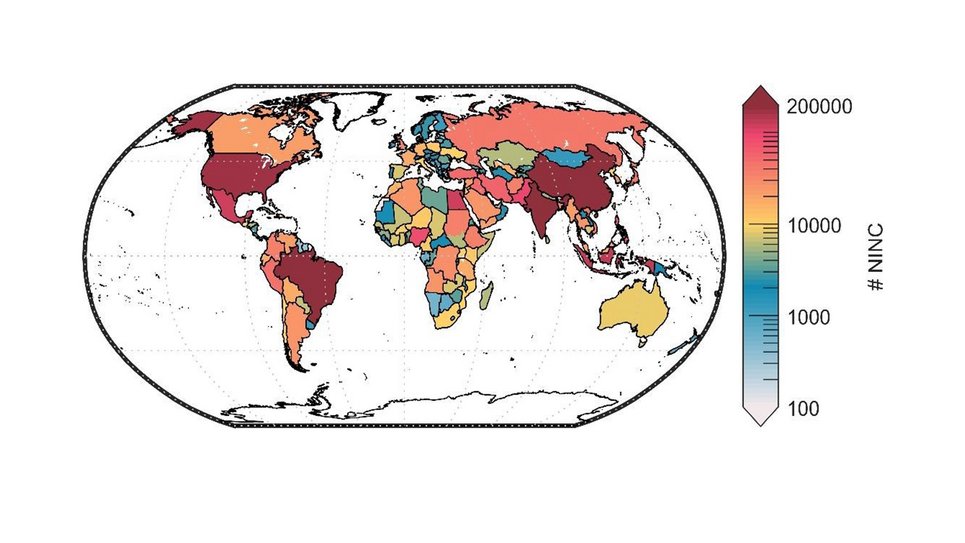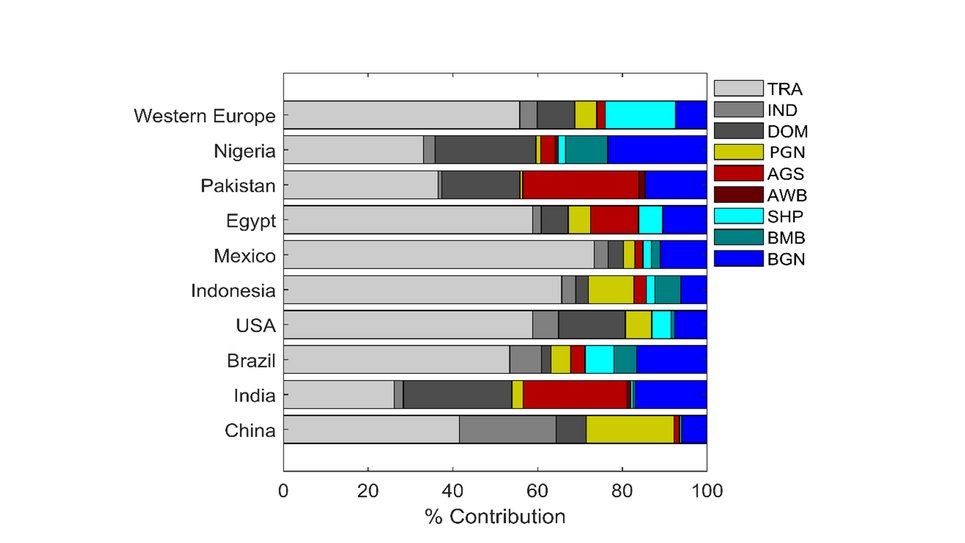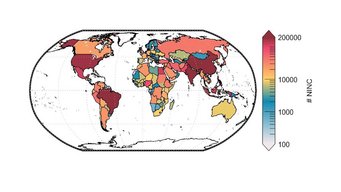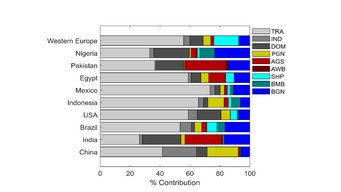Tighter NO2 guidelines will reduce asthma incidence among children
New study suggests that revisiting the annual air pollution guideline for nitrogen dioxide is necessary
Pediatric asthma incidence has been linked to exposure to nitrogen dioxide (NO2) in ambient air. The World Health Organization (WHO) sets the annual guideline for NO2 at 40 µg/m3. However, this was proposed in the early 2000s when a robust basis for an annual average guideline for NO2 through direct health effects was still lacking. A recent study, led by the Max Planck Institute for Chemistry, combined an atmospheric chemistry and a land use regression model with measurement data to estimate the incident cases of asthma among children and adolescents from the exposure to ambient NO2 and attribute it to specific source categories. Their results suggest that the current WHO air quality guideline of 40µg/m3 is too high. According to their calculations only 5% of all children and adolescents currently live in areas where NO2 exceeds the WHO annual guideline, while 90% of the new asthma incidence occurs in regions that actually meet the guideline. These findings provide a strong basis to revise the air quality guideline for NO2. The scientists estimate that worldwide road traffic is responsible for nearly half the NO2 pollution, but many other sources such as domestic energy use are implicated, too. These results help customize national policies to optimize the mitigation of NO2 exposure. The study is published in the scientific journal Environmental Research Letters.

The scientists at the Max Planck Institute for Chemistry, the London School of Hygiene & Tropical Medicine and the Charité University Medicine in Berlin combined a data-informed global atmospheric chemistry model with a land use regression model to build a one-kilometer resolution global dataset of NO2 at the surface. They estimate that worldwide 3.5 (95% confidence interval: 2.1-6.0) million new incident cases of asthma among children and adolescents occur each year from the exposure to ambient NO2 (this makes up ~13% of the total incidence of asthma among this age group). They were surprised to find that about 90% of the NO2-related new asthma cases are found in regions that comply with the WHO guideline, which has been implemented in many countries assuming that below this level health impacts are insignificant.
„Our findings suggest that targeted air quality control measures and a tightening of the guideline for ambient NO2 are needed to substantially reduce the burden of new asthma incidence in children and adolescents”, states Sourangsu Chowdhury, a researcher at the Max Planck Institute for Chemistry and first author of the paper.

Calculation of NO2 sources
While studies have shown that land transportation is a major source of nitrogen oxides, other emission sectors like domestic energy generation from solid fuels, biomass burning, agricultural waste burning, agricultural soils, power generation, industries and shipping also emit significant amounts. The study adds to previous work by using the atmospheric chemistry model to estimate contributions by these NO2 sources to the incidence of asthma. While emissions from land transportation are the leading contributor to new cases of asthma among children and adolescents globally (about 44%), domestic burning of solid fuels (more than 10%) and power generation from fossil fuels (about 9%) also contribute significantly. These fractions can vary greatly among countries and should be taken into account to guide policies aimed at regulating NO2 exposure. For example, in South Asia domestic energy use and in Africa biomass burning can be leading sources of nitrogen oxides, whereas in Scandinavian countries ship emissions are predominant.
“If the areas where NO2 currently exceeds 40 µg/m3 would actually comply with the guideline, only two percent of new asthma cases could be averted. The present threshold is set significantly too high”, Jos Lelieveld points out, director of the Max Planck Institute for Chemistry. “Much more needs to be done to reduce levels of air pollution from NO2 and thus protect the health of children and adolescents” says Andy Haines of the London School of Hygiene & Tropical Medicine.
The scientists hope that their study provides incentives and guidance for stricter policies aimed at regulating nitrogen dioxide exposure.

